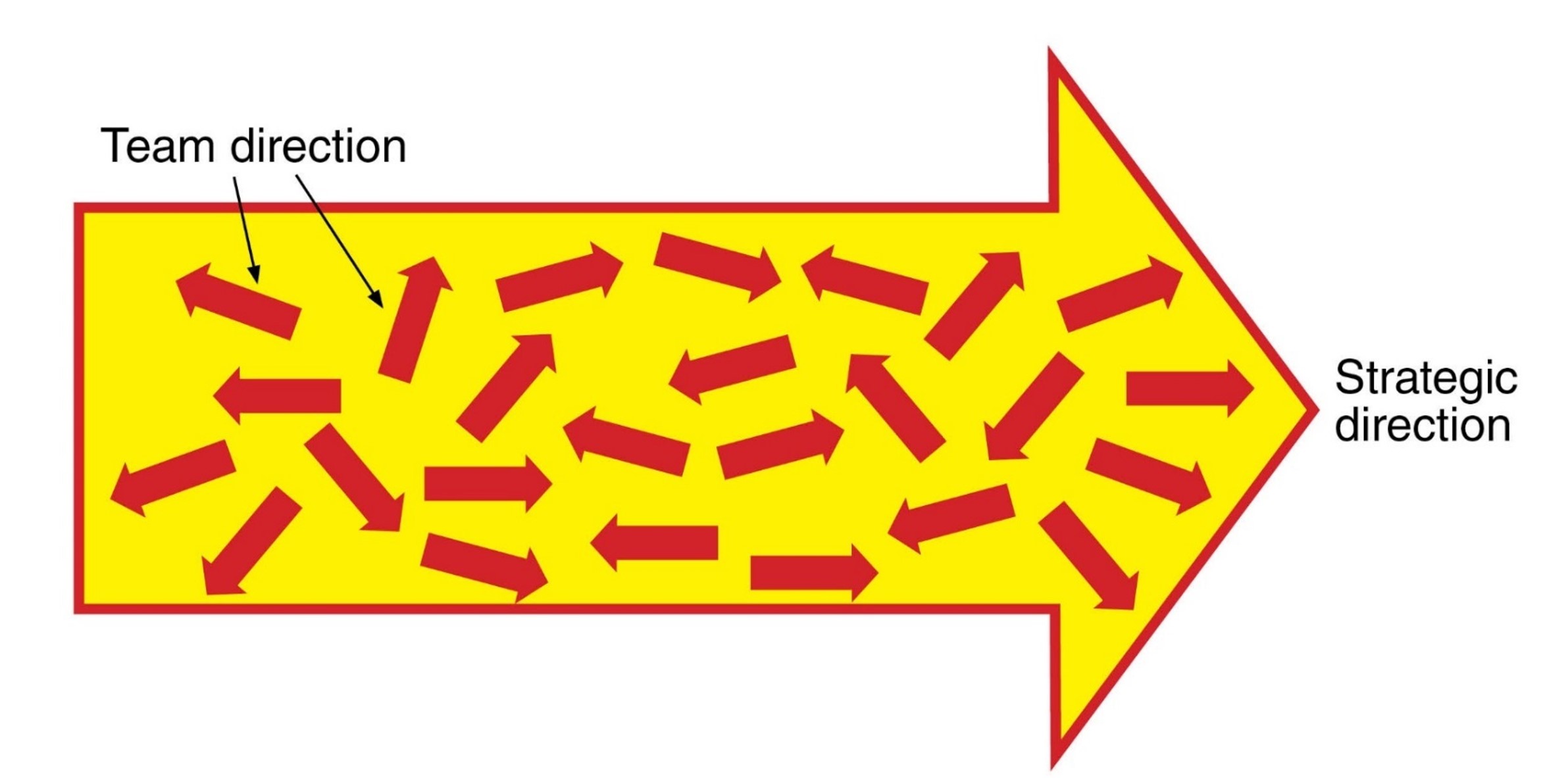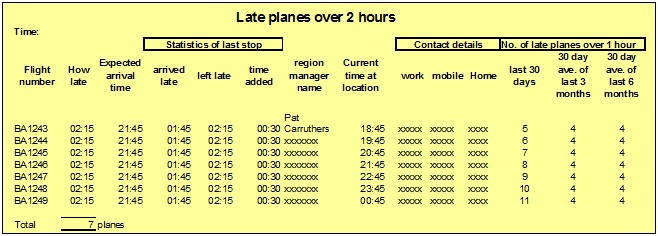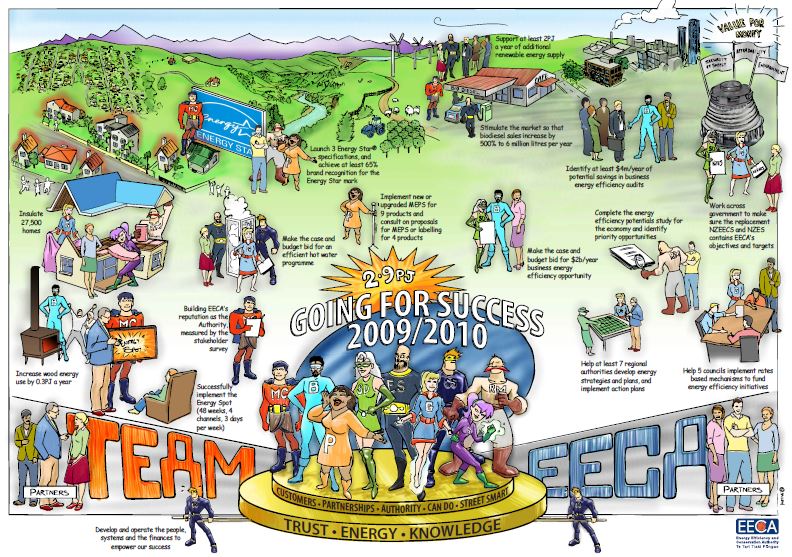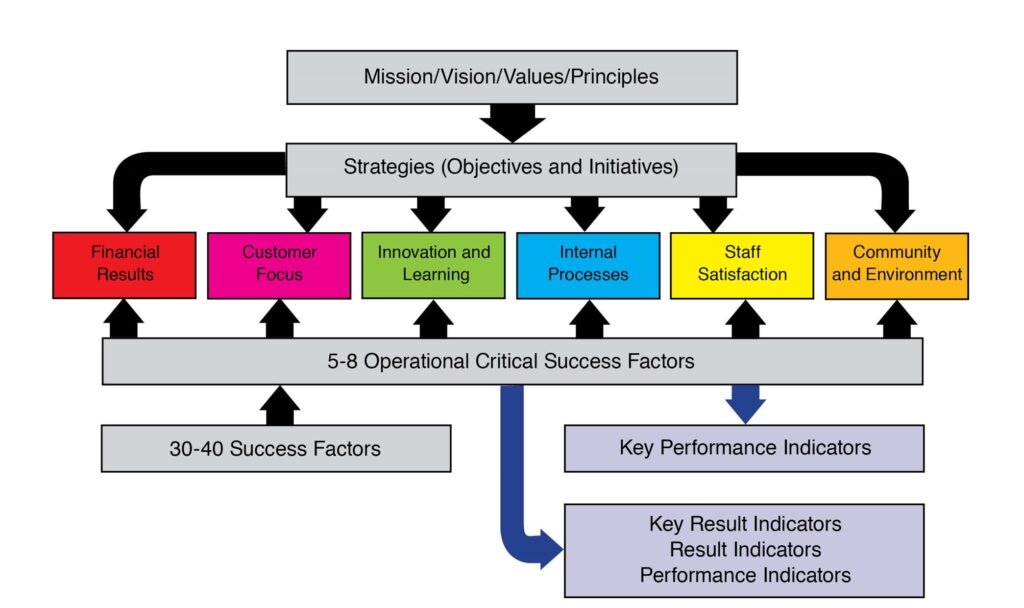Your cart is currently empty!
Area of Mastery – CSFs
Do you know your organisation’s critical success factors?
I was first introduced to critical success factors by the talented people who wrote the KPI manual for AusIndustry (an Australian government department). They defined critical success factors as: “The list of issues or aspects of organizational performance that determine ongoing health, vitality, and well-being.”
Critical success factors are about what the staff inside the organization can do and should do every day. Stephen Covey talked in First Things First about putting “the rocks” in first every day before we work with the pebbles and the sand. We can liken the operational CSFs to the rocks that staff need to focus on every day. They should be the driving force behind prioritization throughout the organization. They are very directional to operational staff who are focused on current demand, current production, and current delivery of products and services.
An organisation not knowing its critical success factors (CSFs) is like going to soccer’s World Cup without a goalkeeper or, at best, an incompetent one. The term critical success factors does not appear to be addressed by some of the leading writers of the past 30 years. Peter Drucker, Jim Collins, Gary Hamel, Tom Peters, Robert Kaplan, and David Norton all appear to ignore the existence of critical success factors. Yet, in my mind, this is a missing link in management theory, for CSFs may be the El Dorado of management.
The 6 benefits of understanding your organisation’s CSFs
Knowing, communicating and measuring progress in an organisation’s CSFs is the El Dorado of management, the ‘Holy Grail’. There are some profound benefits of knowing your CSFs including:
- Critical success factors are the source of all meaningful performance measures and will lead to the discovery of an organisation’s ‘winning KPIs.’
- Performance measures that do not relate to your CSFs, or impact them cannot, by definition be important and thus can often be eliminated.
- It will help to create alignment between teams in an organization. The staff know what should be done as a priority and thus their daily actions are now aligned and better linked to the organisation’s strategies.
- Staff meetings, reports and tasks will be challenged for their validity. All activities without a direct link to the critical success factors will be seen as non-critical. Over time, meetings and reports that occurred because we did it last week/month will disappear.
- Report layout will be more concise as many extraneous issues will be removed.
- The CEO’s linkage to the workforce will be a daily activity through phone calls and walkabouts amongst front line staff.
Some of the Published Articles & Chapter Extracts
| What are critical success factors (CSFs)? |
Starting a CSF & KPI project |
Selling a CSF project (the starting block to a KPI project) |
| Getting help with your CSF & KPI project |
A poster of the organisation’s CSFs
The only way the operational CSFs will change an organisation is when staff live and breathe the operational CSFs. For that to happen, the operational CSFs must be conveyed meaningfully rather than just written up as a list.
I came across a brilliant example of how to communicate to staff what is important. In this example the company prepared a cartoon representation of what it wanted to achieve in the year, and staff pinned it on their office walls. It was printed on U.S. fanfold (A3) paper in full-colour. This A3 sheet is an excellent way to ensure that management and staff share the CEO’s vision.
Communication of the critical success factors to the workforce has a profound impact on an organisation. Maybe for the first time, staff and management truly know what is important.
David Parmenter can help in 3 ways:
David Parmenter’s CSF Implementation Guide with E-Templates
If you want to access the latest thoughts of David Parmenter, buy his CSF implementation guide which is constantly updated and comprehensive (100 page). It comes with accompanying electronic templates to get your implementation started. At the time of acquisition, David reviews, updates the guide as appropriate, and emails them to the purchaser.
David Parmenter’s Performance Measures Database (known as a KPI database)
The database, developed over the last twenty years, and regularly updated, is sent in both Access and Excel.
E-Templates From David Parmenter’s Best Selling KPI Book
You can purchase all the electronic versions of the KPI book templates. Once the paypal notification has been received the templates are emailed within 48 hours..
CSFs are the El Dorado of management


“It is the CSFs, and the performance measures within them, that link daily activities to the organization’s strategies. This, I believe, is the El Dorado of management.”
Whilst the importance of an organization knowing its critical success factors appears so obvious it has largely bypassed management’s focus. Ask any CEO “What are you critical success factors” and out will pour a list, ask the next day and the list will be different, as will the list from any other senior management team member. In other words while management know what their organization’s success factors are they have not yet determined which ones are critical.
The secret of aligning staff to the organisations strategic objectives, mission and strategy through the CSFs has been known for years by Toyota, that is why they have been so successful.
Whilst most organizations know their success factors, few organizations have:
- worded their success factors appropriately
- segregated out success factors from their strategic objectives
- sifted through the success factors to find their critical ones – their critical success factors
- communicated the critical success factors to staff
In these trying times knowing your CSFs maybe the deciding factor in survival. If your organization has not completed a thorough exercise to know its critical success factors (CSFs) performance management cannot possibly function. Performance measurement, monitoring and reporting will be a random process creating an army of “measurers” producing numerous numbing reports, full of measures which monitor progress in a direction very remote from the organization’s strategy.
As Exhibit 1 shows even though an organisation has a strategy teams are often working in directions very different to the intended course.
The process outlined in this paper will crystallize and communicate the organization’s CSFs. Staff will now be able to align their daily activities closer to the strategic direction of the organisation as shown in Exhibit 2. The beauty of the method, like all great methods, is that it is a simple methodical process, which can be run by in-house staff.
(extract from the CSFs implementation guides)
I will explain the importance of critical success factors on the emergence of KPIs through two stories.
An airline CSF
A good CSF story is about Lord John King, who set about turning British Airways around in the 1980s, reportedly by concentrating on one CSF and one KPI within it. Lord King appointed some consultants to investigate and report on the key measures he should concentrate on to turn around the ailing airline. They came back and told Lord King that he needed to focus on one CSF, the “timely arrival and departure of planes.” I imagine that Lord King was not impressed, as everyone in the industry knows the importance of timely planes.
However, the consultants pointed out that while he knew that “timely arrival and departure of planes” was a success factor, it had not been separated out from all the other success factors, and thus staff members, were trying to juggle too many things. The consultants’ analysis proved that “timely arrival and departure of planes” was different from all the other success factors; it was, in fact, the most important one, see Exhibit 3. With this knowledge, it was a relatively short step to find the appropriate measure that would transform the organisation. Was it timely planes or late planes? Analysis would have pointed them quickly to selecting late planes over a certain time and this led to the establishment of the late planes screen which would have resembled something like Exhibit 4


The relationship between CSFs (also sometimes incorrectly referred to as key result areas) and KPIs is vital, as illustrated in Exhibit 5 If you get the CSFs right, it is very easy to find your winning KPIs (e.g., once the “timely arrival and departure of planes” was identified as being the top CSF, it was relatively easy to find the KPI—“planes currently over__ hours late”). CSFs identify the issues that determine organizational health and vitality.
When you first investigate CSFs, you may come up with 30 or so success factors that are important for the continued health of the organization. The second phase of thinning them down is crucial.
For a continuation and expansion of this please purchase my CSF implementation guides.
The 4 tasks to ascertain your organisation’s operational critical success factors
The process needs to be lead by an in-house person who has:
- Over 3 years’ experience in the organization
- Is well connected with Operational and Head office staff
- Is well liked and respected
- Has around ten to twelve days of time made available within a four or five-week period
Task 1: Documenting the already identified success factors
A small team needs to review the strategic documents in your organisation covering the last 10 years. Then, extract and develop success factors from these documents. You may find an old strategic document written by an executive, long since moved on, which could prove very helpful because the success factors are still relevant.
The team should interview as many of the organisation’s ‘oracles’, the wise men and women who everybody refers to for advice, as possible, along with the entire senior management team. From this information, you will be able to come up with a list of success factors.
Task 3: Presenting the critical success factors
Once the CSFs have been ascertained there is a need to communicate them to those who have not been part of the process.
The senior management team members, managers and staff who have not attended the CSF workshop will need to understand how they came about and their significance. The KPI team prepares and delivers a presentation on the organisation’s CSFs to facilitate discussion and agreement with the senior management team and then to the staff.
The presentation will cover:
- The history of performance measurement within the organisation.
- How these CSFs were ascertained and by whom?
- The top five to eight CSFs and their impact on the organisation
- How the CSFs should be used by staff and their anticipated impact
- How these CSFs will drive the performance measures which will not be linked to pay or individuals but to processes and teams
A presentation template is included in the CSFs whitepaper
The CSFs need to be discussed with employee representatives and conveyed to staff to maximise the benefits once the CSFs have been ascertained. If staff are told what is important, they can align their daily ac
Task 2: Determining the operational critical success factors in a two-day workshop
To get this workshop to work it needs to be attended by experienced staff (the oracles) from around the organisation, as much of the senior management team as possible, as well as the CEO. The CEO needs, at the very least, to attend the first and last session. However, many CEOs have said they regretted not attending all the sessions.
The two-day workshop needs to cover the following:
- Agreement of the wording of the organisation’s operational success factors, which have been gathered in Task 1;
- An overview of how ‘sphere of influence’ mapping works; and
- The identification of the organisation’s operational CSFs through the application of the ‘sphere of influence’ mapping process on the organisation’s success factors.
- Learning how to determine measures from the critical success factors
Task 4: The CSFs on the wall in every workplace
This is an important step, and one many projects I have observed have, for some reason over looked. The only way the CSFs will make a change in an organisation is when staff live and breathe the CSFs. For that to happen the CSFs need to be conveyed in a meaningful way rather than just a list.
See illustration above.
Short Interview With David Parmenter
Dear David,
I was specifically concerned with the business’s sole focus on short-term outputs, as opposed to medium- and long-term inputs, which I saw as predictors of future performance. I was also concerned at the lack of teamwork and confusing terminology (in-company slang), which created division, confusion, and a bit of a blame culture.
Needing some inspiration, I read up on business improvement theory and came across David’s work. We asked a senior manager to lead the change program working with, and mentored by, David. This took the form of a series of sessions where the manager and David, working with a number of key stakeholders, participated in a small number of workshops and project planning meetings, the culmination of which was a full rollout of the KPI methodology across the business.
David, using webinar technology, was able to deliver the training in 2.5-hour sessions to multiple locations simultaneously, with breakout sessions where groups could germinate, share, and develop their ideas. The webinar sessions helped garner buy-in from the executives and helped deliver results quickly.
Alongside this steering group, we established a KPI team to do the heavy lifting and to ensure the intent was cemented into daily working patterns. This KPI team remains today, providing the entire business with KPI reporting on a daily basis.
I would recommend this methodology to all CEOs who are seeking to more easily see the granular performance of their business. We’ve moved from being a backward-looking business, where teams politick and mark their own homework, to a more lithe and forward-looking company with live and objective reporting that guides us to focus on the things that are important and we can control.
Mike Snell, Managing Director, IPL


